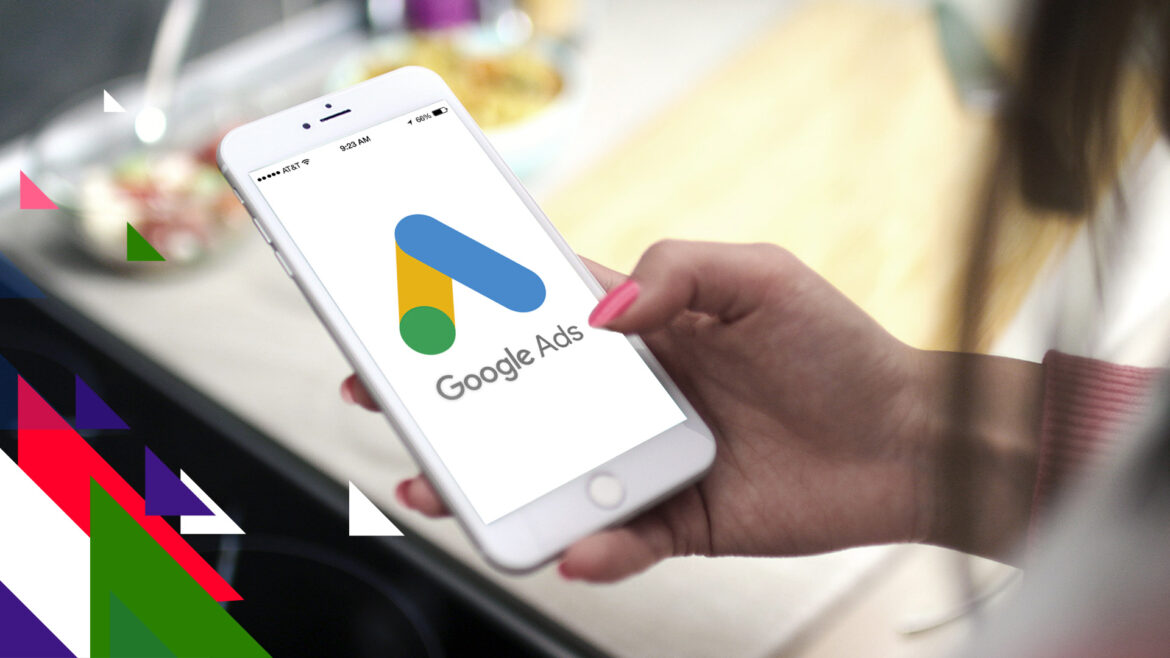Launching in 2016, Google’s expanded text ads offered creation of ads with up to three headlines and two descriptions. As of the 30 June 2022, existing expanded text ads can no longer be edited and new ones cannot be created, making responsive search ads the default ad type for Google Ads.
Responsive search ads were first introduced in 2018, allowing for up to 15 headline and four descriptions for each ad. Whilst expanded text ads had fixed text positions in search results, responsive search ads dynamically rotate to find the best combination of headlines and descriptions to fit an individual search query. This optimisation of ads means that content is able to stay relevant to what people are searching for by showing optimal combinations based on machine learning.
One benefit of responsive search ads is that Google display an ad strength at the top of each page when creating a new ad, along with ways to increase your ad strength and recommendations for headlines and descriptions based on your final URL and campaign keywords.
Google also offer a range of best practises for creating impactful responsive search ads, including:
–Repurpose high-performing expanded text ad content – choose headlines and descriptions that resonate most with your customers and include call-to-action words
–Focus on reaching a ‘Good’ or ‘Excellent’ ad strength – measure if your chosen headlines and descriptions will deliver your message, choose concise and distinctive elements that highlight different points
–View customised suggestions in the Recommendations page – gain an insight into ways to quickly improve your ads
–Pin headlines and descriptions if you have a certain message that needs to be shown – try pinning at least three options to a position to get your key message across and optimise visibility
–Review ads to replace ‘Low’ performing assets with new content – measure which of your headlines and descriptions are matching search queries and which can be replaced to enhance your ads
By following these recommendations from Google, you can drive results that meet your audiences’ needs and also gain an insight into the audience journey by viewing top performing and underperforming assets.

